In this exciting project called "SpeedMath", I used Pygame to create a fast-paced math quiz game. The game shows a math equation on the screen and challenges you to decide whether the equation is True or False before time runs out. I designed the game using object-oriented programming (OOP), which means I organized the code into classes for the game screen, the scoreboard, and even the instructions—just like putting together a cool LEGO set!
The best part is that the game tests your quick math skills. For example, an equation like "3 + 5 = 8" will appear, and you have to press Y if you think it’s correct or N if you believe it’s wrong. I used loops and if-else statements to make sure the game runs smoothly and to update the score automatically.
I also added a timer so that every second counts—this makes the game both challenging and fun. Creating SpeedMath taught me not only how to code but also how to think fast and solve problems under pressure. It was a fantastic way to mix creativity with logic, and I felt like a real game developer when I saw my ideas come to life on the screen!
As a young Singaporean, I love learning new things and exploring how technology works. SpeedMath is my way of making math exciting and showing that even hard subjects can be turned into fun games.
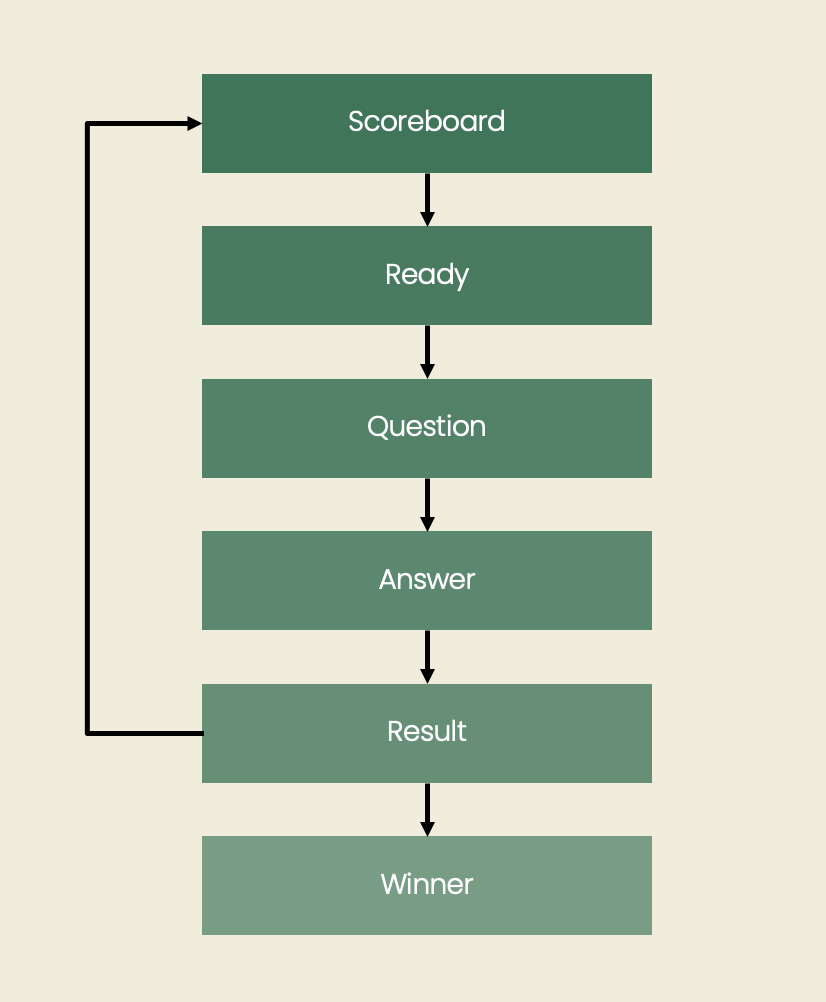
In this project, I used math to change a huge number of minutes into days, hours, and minutes. I used division and remainders to see how many full days there were and what was left over. This is important because it shows how math can help us understand time by breaking it down into parts we can read.
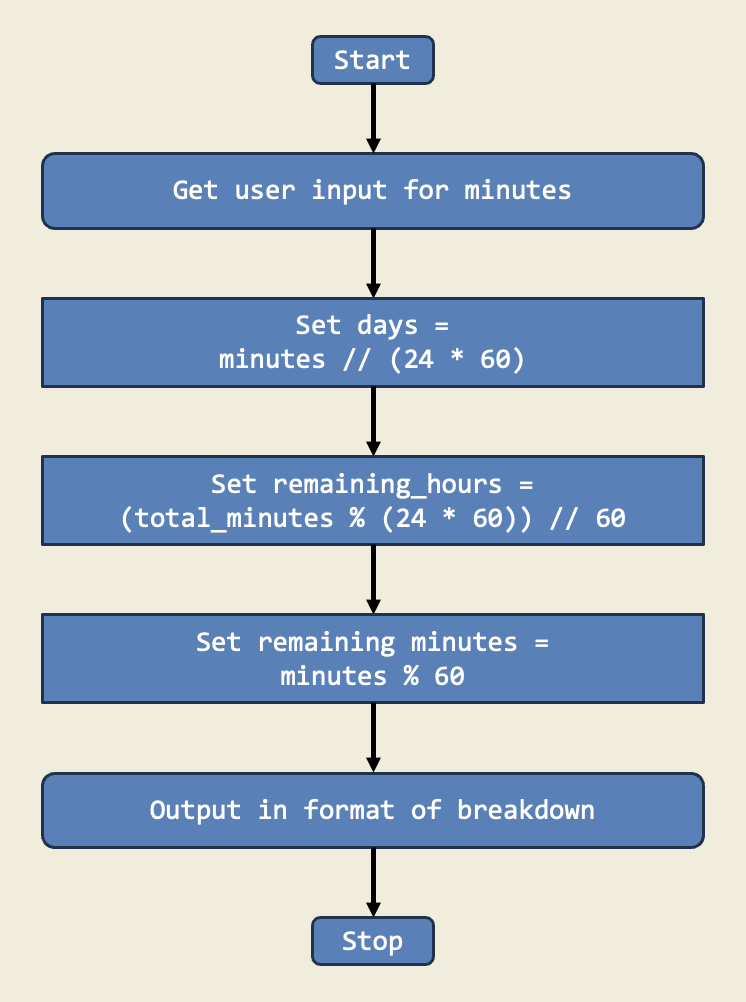
In this project, I learned how to convert weight from pounds to kilograms by multiplying by a conversion factor. This is important because it teaches us how to change one unit of measurement to another so we can compare different types of data.
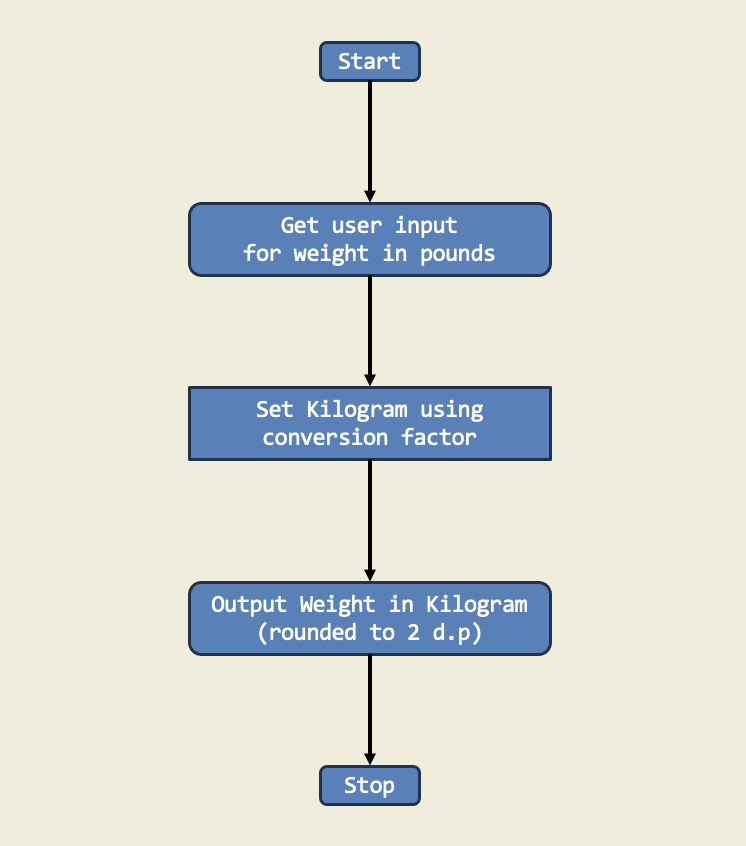
This game challenges you to decide if a number is prime by using if-else statements. It’s a fun way to reinforce the concept of prime numbers and divisibility in code.
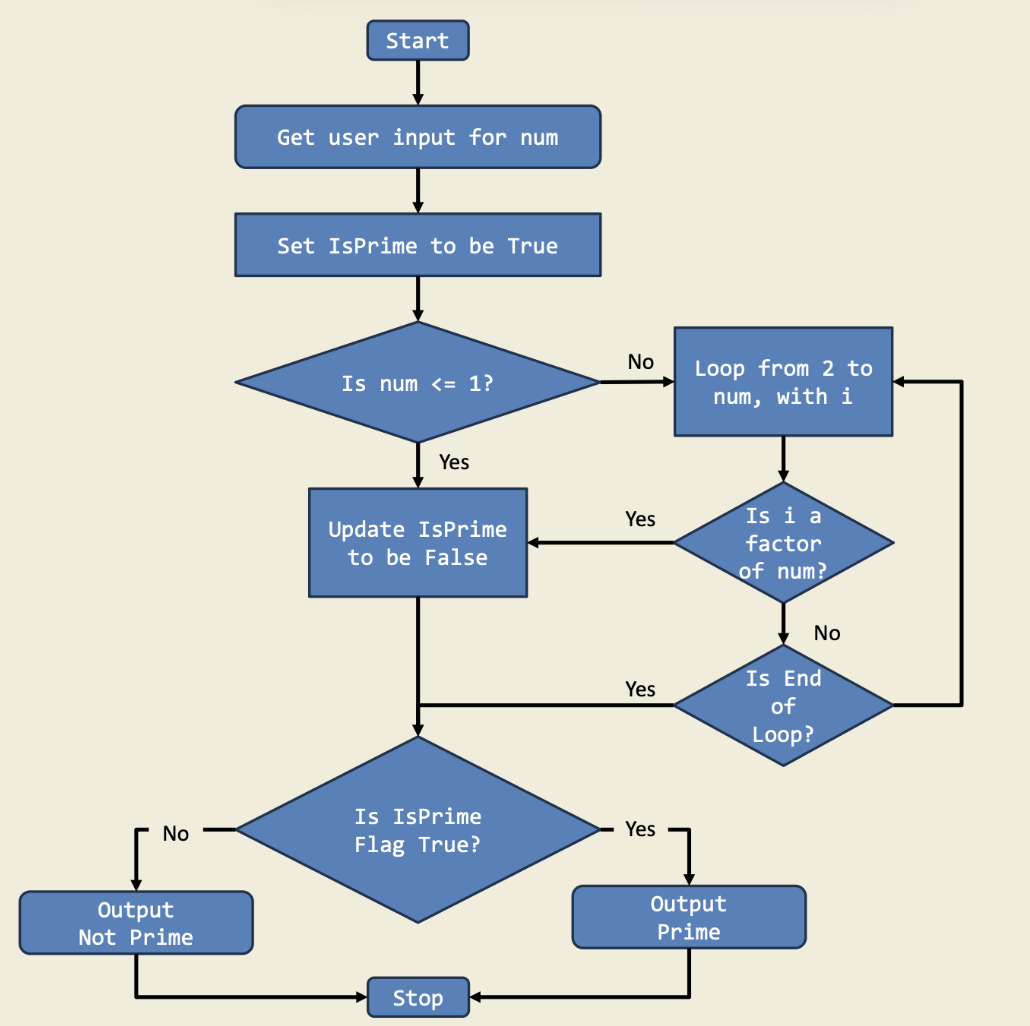
In a word game, players needed to determine whether two words were anagrams or not. I created a Python program named anagram_checker.py that takes in two user inputs for words and checked if the provided words were anagrams. An anagram is a word or phrase formed by rearranging the letters of a different word or phrase, typically using all the original letters exactly once.
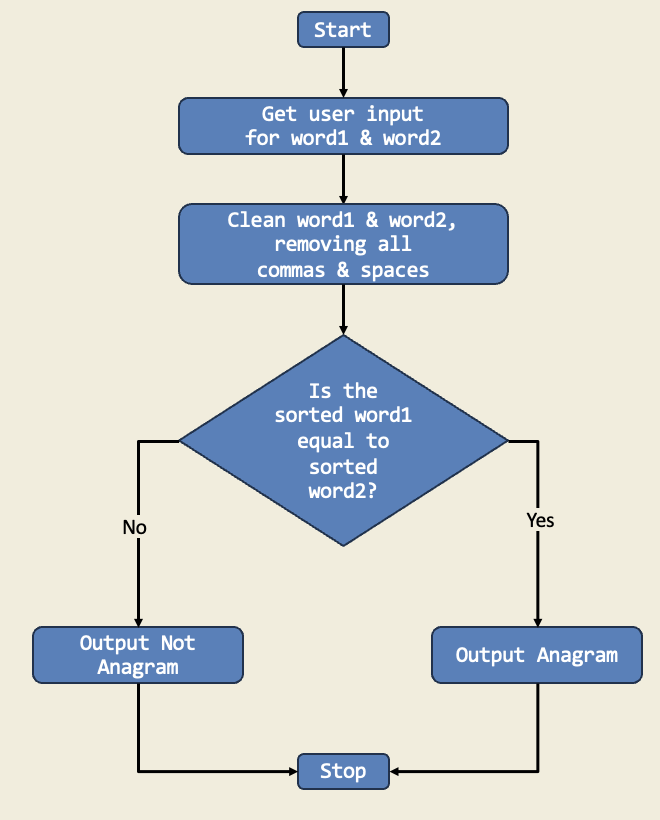
In this project, I used a for loop to count the number of vowels and consonants in a given string. The loop iterates through each character in the string, checking if it is a vowel or consonant, and updates the counts accordingly.
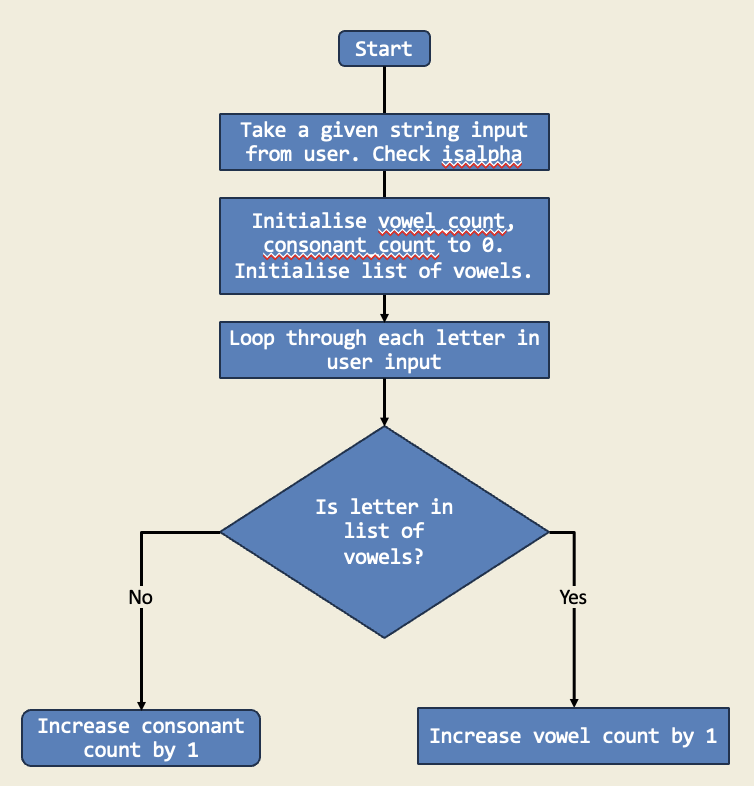
This project calculates the inventory of a toy store over 12 days. Starting with 25 toys, the stock increases by 3 each day. The code computes both the number of toys in stock on day 12 and the total toys accumulated over the 12 days. This demonstrates the use of variables, loops, and arithmetic operations to track and summarize inventory changes.
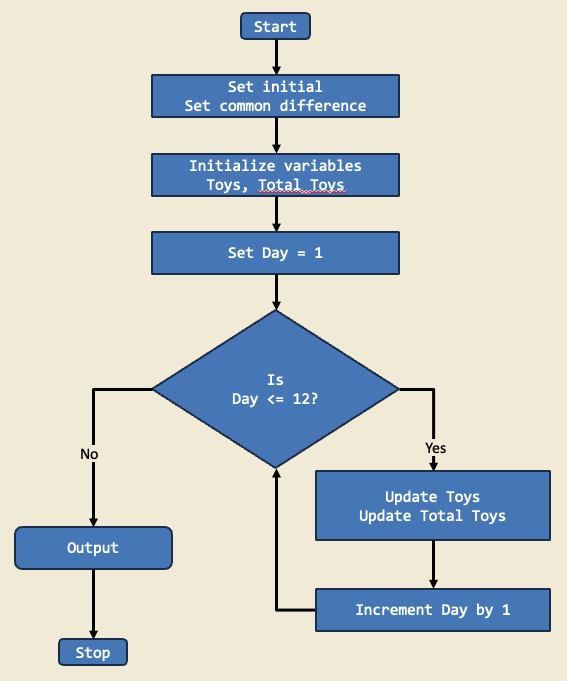
This project assesses the strength of a user-provided password based on criteria like length, presence of uppercase/lowercase letters, numbers, and symbols. It's a practical application of string methods and conditional statements to implement security principles.
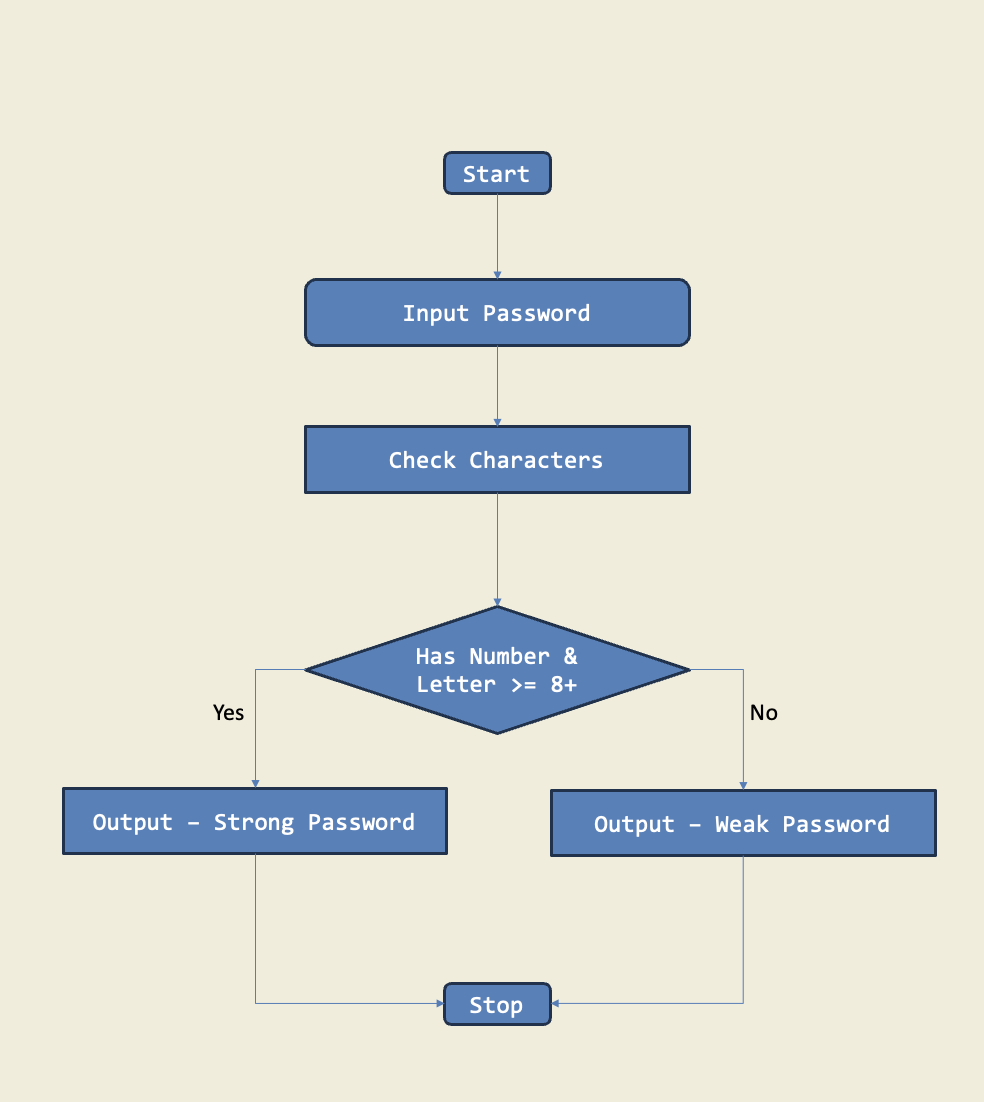
This project generates the Fibonacci sequence up to a specified number of terms. It demonstrates the use of loops and variables to calculate each term based on the sum of the two preceding numbers, a classic example in programming.
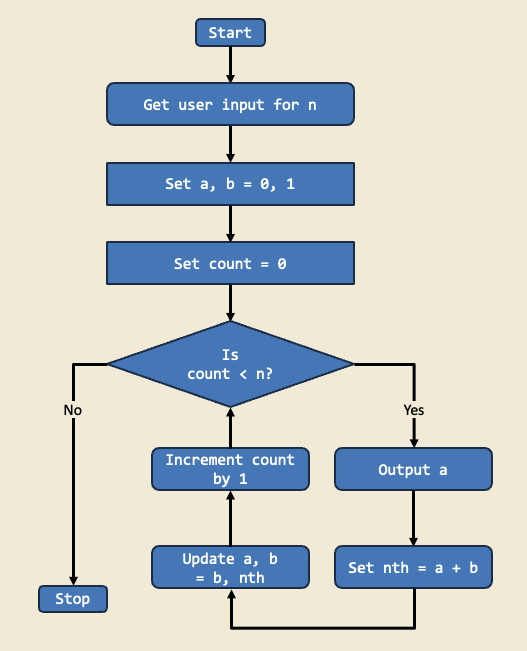
No other achievements listed yet.